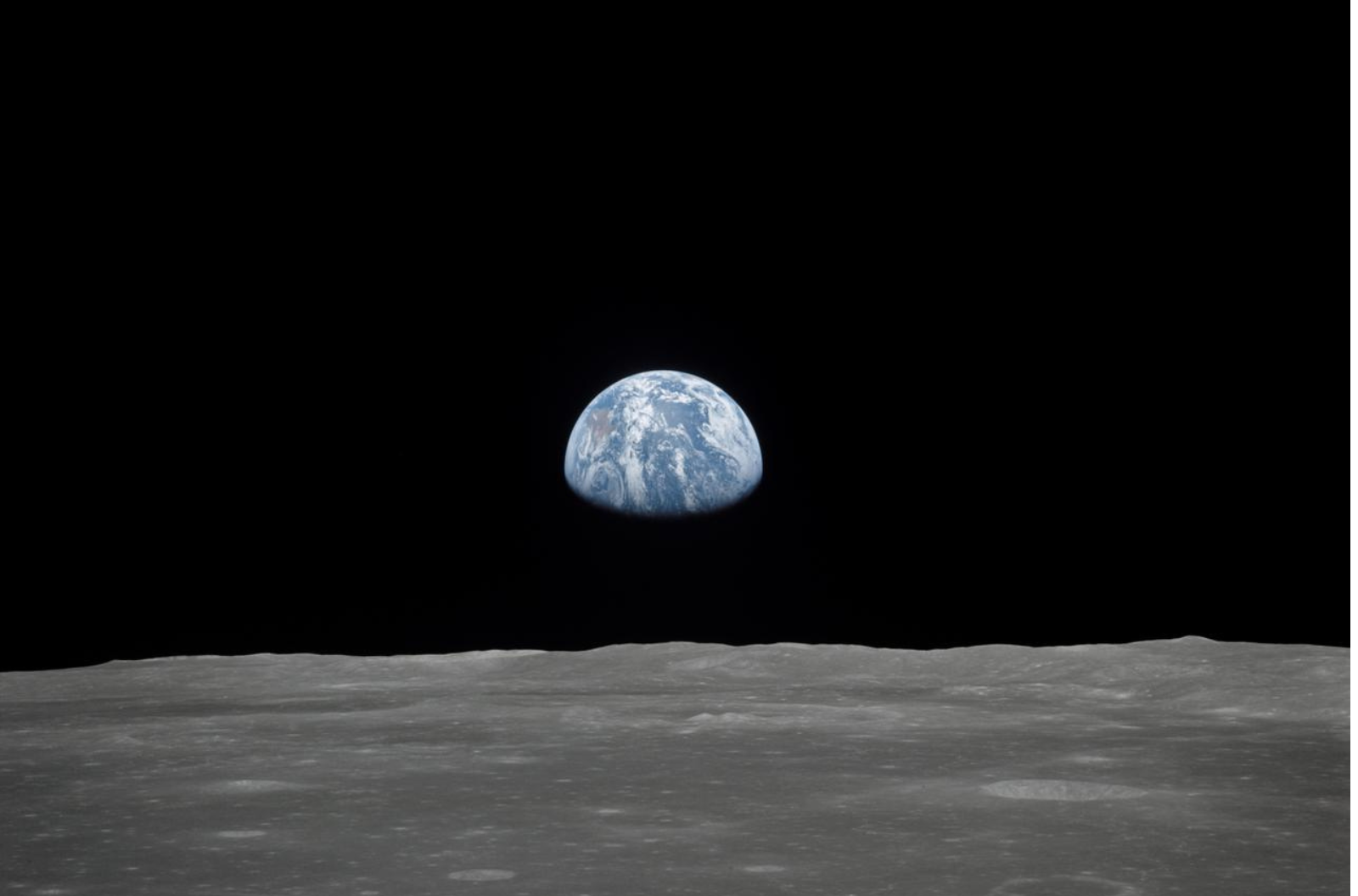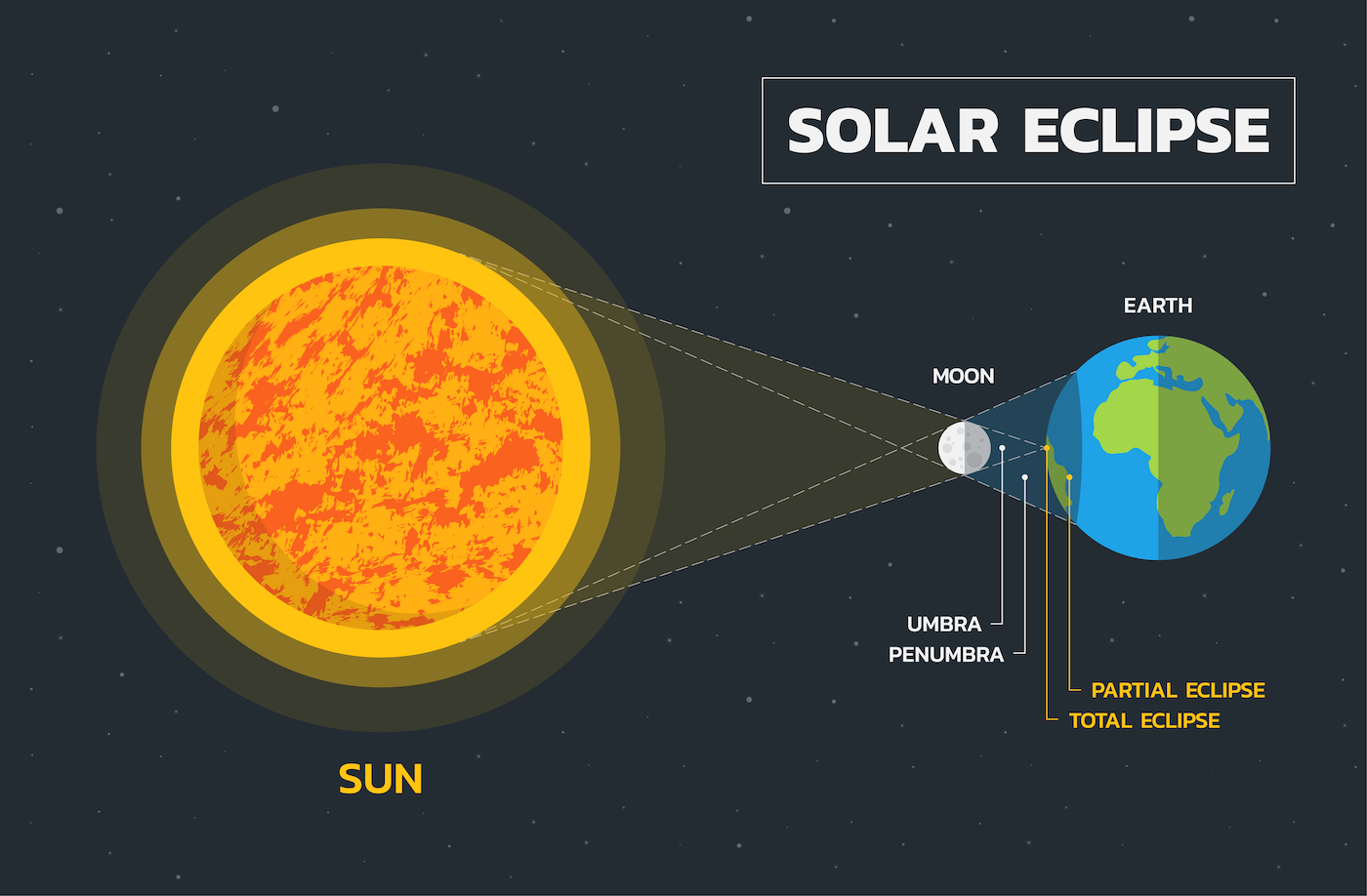Why Total Solar Eclipses Won’t Be Around Forever
It’s something of a cosmic accident that total solar eclipses happen at all. Over time, the moon’s widening orbit will make them impossible.

A total solar eclipse is visible from Earth about once every 18 months. You might be thinking, “That sounds pretty often, shouldn’t I have seen one by now?” But the path of totality—the narrow strip of Earth where the eclipse is visible—is always changing. A total solar eclipse can be seen from your home only about once every 400 years.
And one day, they won’t be visible from Earth at all.
“For quite some time, you will still see total solar eclipses, but they will become rarer and rarer,” says Dr. Phil Nicholson, an astronomy professor at Cornell University.

It’s sort of a “cosmic accident” the phenomenon happens at all, Nicholson says. The sun is about 400 times bigger than the moon, but it happens to be just far enough away from Earth to appear the same size as the moon when we look up in the sky. So, when the sun, moon, and Earth are perfectly aligned, the moon can totally block the sun from view, casting a dark shadow on Earth.
However, not all solar eclipses are total. The moon’s orbit around the Earth is elliptical, not circular; this means there are times when the moon is closer to the Earth and looks bigger and times when the moon is farther from the Earth and looks smaller. If a solar eclipse occurs when the moon is too far away from Earth to totally cover the sun, a ring of sunlight remains visible around the moon. This is called an annular solar eclipse.
“They’re almost as beautiful to see as a total solar eclipse, except it doesn’t get as dark,” Nicholson says. “Even that little rim of light around the edge of the sun is enough to keep it looking more like daytime than nighttime.”
Over time, these annular eclipses will become more common than total ones because the moon is slowly moving away from Earth. The gravitational forces the moon and Earth exert on each other are causing the moon to sling farther away, by about 1.5 inches every year. Slowly—very, very slowly—the moon is appearing smaller in the sky.
“That means at some point in the future, the moon won’t be large enough to completely block the sun,” Nicholson says.
That day is very far off in the future—like 700 million years from now, Nicholson estimates. And if we were to go millions of years back in time, we’d see the reverse: More eclipses would have been total and fewer annular. At one point, they all would have been total.
“We’re living in a kind of special time, albeit one that’s lasted 700 million years and will last another 700 or 800 million years probably, when you get both these total solar eclipses and annular ones,” Nicholson says.
We don’t know what life on Earth will look like in that far-off, total eclipse-less future, or if it will exist at all. But doesn’t knowing these magnificent astronomical phenomena are finite make them all the more … magical?
🌌 Astroarchaeology: How total solar eclipses help us date ancient history
🪩 Events in the path: Find a state-by-state breakdown of eclipse events in the path of totality via the Simons Foundation
💹 Eclipsenomics: An influx of eclipse watchers in Texas could generate record-breaking revenue, economist writes
🕺 Space cowboy: Watch NSYNC’s Lance Bass teach you ways to watch an eclipse safely
This was an installment of our 2024 limited-run eclipse newsletter, “Moon Mail.” See the full “Moon Mail” archive here.
Marisa Charpentier is a freelance journalist based in Brooklyn, New York.